Landscaping trends for 2024
8 déc. 2023 Landscaping & Turfcare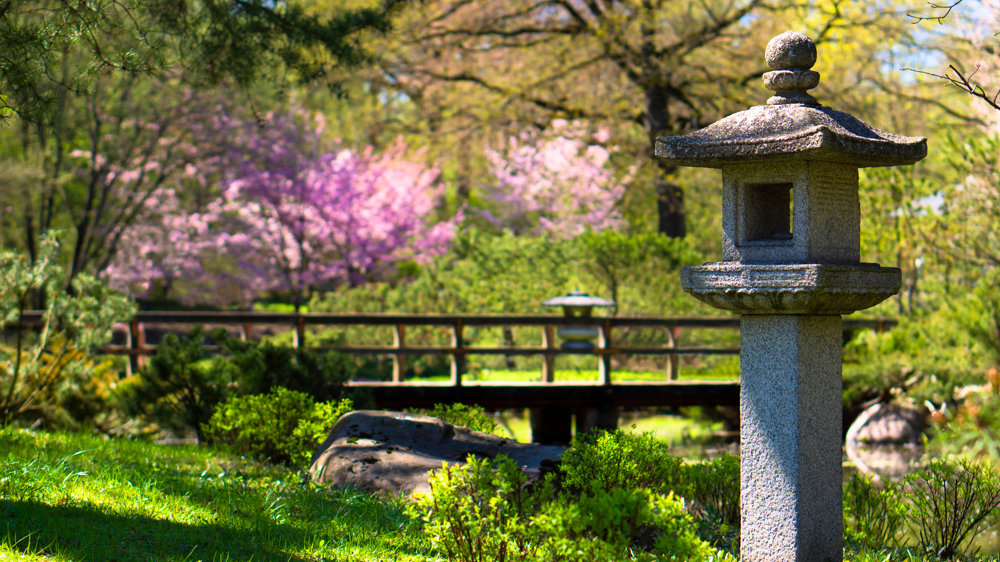
Like any industry, the landscaping sector has seen a revolving door of trends that come and go each year and 2024 will be no different.
From the newest landscape designs and technological advancements, to identifying which of last year’s trends are standing the test of time, it's never a bad idea to look ahead and see what next year's forecast might bring.
Xeriscaping and drought-tolerant landscaping
Landscaping to match the climate is something landscapers have been doing for decades, and with the ever-changing climate around Europe, it continues to be best practice. The term El Nino is something landscapers have heard no shortage of in 2023, and the weather phenomenon is predicted to run into at least April of 2024, with increasingly hot European summers showing no signs of slowing down.
With clients continuing to engage in climate change-conscious landscaping, xeriscaping, a form of drought-tolerant landscaping that aims to minimise the need for irrigation, is set to become even more popular in 2024. So what does this mean for landscapers?
Xeriscapes makes use of a selection of drought-tolerant plants that need little water to flourish. These plants include succulents such as cacti, flowers such as daffodils and even various herbs and spices. Though on the surface a drought-tolerant garden requires less continuous landscaping than a traditional lawn or garden, a xeriscape still needs to be maintained in order to stay tidy.
Maintenance can happen on a monthly or seasonal basis depending on the design, but tasks will centre around pruning, mulching and replacing plants when necessary.
Making the most of outdoor space
It's no secret that access to green spaces can have huge positive impacts on us as a population, both in terms of physical health and mental health. In 2024 it looks as though individuals will be seeking to maximise these benefits and spend as much time among nature as possible.
Crafting outdoor living spaces
With the desire to spend more time outdoors and among nature, homeowners are investing in comfortable outdoor living spaces to socialise and relax in. From cosy fire pits to a whole outdoor living room, the line between interior design and exterior is becoming increasingly blurred.
Landscapers may see an increase in clients wishing for outdoor spaces to be cleared to make way for these living areas, with hedges and plants trimmed back to make room for their new garden design. These projects will also provide the opportunity to advise on design, with landscapers able to provide a professional opinion on working with the surrounding area.
It also stands to reason that homeowners will show a greater desire to keep these outdoor spaces well maintained, with landscapers being tasked to edge gravel or brick pathways and keep surrounding lawns looking pristine.
Trending design styles
There are some garden trends such as manicured lawns and evergreen rows that will never go out of style, but the times of staying within a safe landscaping box are over. Plenty of garden design styles are growing in popularity, and landscapers can meet client ideas head-on by learning what is likely to be trending next year.
New Victorian
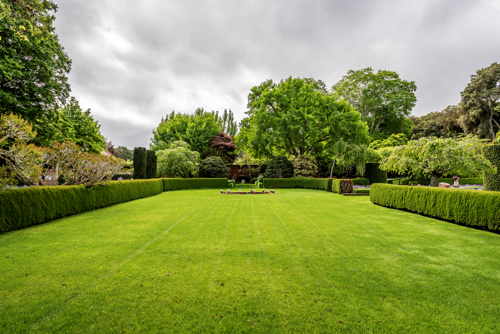
The idea of people owning lawns and gardens may stem back to the Middle Ages, but it was the Victorian era that brought to fruition what many now consider a traditional lawn. The time period saw the rise of these flat grassy surfaces perfect garden games, and the boom of city parks, as people began to recognise the benefit of natural spaces to mind and body.
Flat grassy lawns have never truly gone out of fashion but in 2024 landscapers may see clients adopting a new spin on the design being termed: new Victorian.
With this design trend, we see landscapers being asked to gravitate towards classic plants such as roses, hollyhock and hydrangeas, providing bursts of colour among the green, as well as favouring shaped topiary that lends itself to the extravagant.
In addition, the design trend favours a pristine and precise aesthetic that requires careful attention, something that can only be brought to life by a landscaping professional.
As with the trend of increasing our outdoor spaces, landscapers will need to take care to keep path edges trimmed, hedges tidy and lawns short in a way that allows the features’ design elements to flourish.
Japanese-inspired gardens
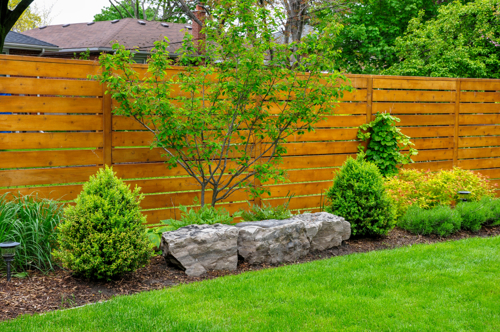
Japanese gardens are known for their minimalism and seeming simplicity, making them perfect for not just a relaxing home, but for hospitality industries, hotels and spas that rely on creating a peaceful environment for guests.
However, bringing this style to Europe may see clients discovering that maintaining this serene landscape is harder than it looks.
Asymmetry is a cornerstone of this garden design trend, meaning neat finishes, well-kept lawns and groomed foliage are needed to keep the landscape looking intentionally simple and not simply disorganised.
Industry trends
It's not just garden designs and customer priorities that will undergo change in 2024. Many professional landscapers manage their own company, and as such need to be aware of trends and changes in the industry that could affect their business.
Use of social media
While the trend isn’t new, it is here to stay. This is likely to increase in importance as we continue to see younger generations become buyers and engage with professional services. One of the top ways they connect with business is through social media.
As more than 60% of the global population uses these platforms, social media continues to be an important tool for professional landscapers in growing their businesses.
You can use platforms like Facebook, Instagram, X (Twitter), LinkedIn, YouTube and Pinterest to maximise your business' reach and find new clients. If you're looking for inspiration on what to post, look no further, we have compiled a list of the best social media post ideas to boost your landscaping business.
Social media is a great way to engage in upcoming trends and get any trend-savvy clients to take notice of your work. Try posting a photo of a pollinator garden you are helping to keep tidy, a Japanese-style garden you have worked on or share behind-the-scenes footage of clearing garden space for an outdoor living area.
Increasing productivity through equipment
Labour shortages continue to impact the industry, which can mean an increased workload for landscapers – a double-edged sword for some. On the one hand, it can mean there’s no shortage of work, but it can also be difficult to keep on top of it all, especially if accompanied by the demands of running a business.
The good news is that more innovative machines are being designed to take up the shortfall.
Landscapers may see a trend of increasingly efficient lawnmowers in 2024, as boosting productivity levels through product improvements continues to be a priority.
It only makes sense, then, that a mower designed for more efficient working has an engine that can support that ambition. Kawasaki engines are able to power high-end residential mowers to heavy-duty commercial fleets with V-twin engines offering outstanding reliability and performance. Not to mention its EFI models allow for exceptional lawn care productivity.
For an industry that values efficiency, these offerings mean professional landscapers can cover more ground (literally!) with less equipment and expend less energy.
Eco-conscious landscaping
A drive for sustainability has been a common motivator across industries, and the landscaping sector is no different. Here are some of the ways in which we landscapers may end up interacting with eco-conscious movements in the modern age.
Prioritising pollinator gardens
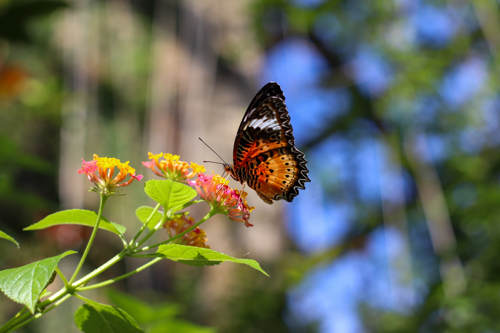
Both residential and commercial clients continue to be environmentally conscious about their landscapes. Following the rewilding trend seen in 2023 across both private and public grounds, it's no surprise that pollinator gardens are something landscapers could be seeing more of going into 2024.
As awareness of pollinator decline increases, the popularity of natural wildlife gardens is on the rise. These gardens include nectar-rich plants and wildflowers that attract and support pollinators such as bees and butterflies. This type of wild verge or abundant garden incorporates the usefulness of native plants and provides natural season-long habitats for wildlife, which in turn boosts local ecosystems.
In line with this growing trend, landscapers may need to consider their landscaping practices to accommodate this wilder style of garden. Rewilding projects typically include landscapers raising the cutting heights on their mowers to allow for a taller cut, ensuring clippings are collected to avoid soil becoming too fertile, and turning their attention to framing rewilded areas instead of traditional mowing.
Introducing native plants
Hand in hand with the increase of pollinator gardens is the trend of allowing more native plants to grow. These plants are well-suited to the local climate so will differ depending on which parts of Europe your business operates in. It may even change between different micro-climates as you move between clients, requiring careful forethought and planning.
These plants are usually an eco-friendly choice that improve biodiversity by providing food and shelter for local wildlife while offering a unique, region-specific beauty that can transform any outdoor space from gardens to public parks and walkways.
Planting edible gardens
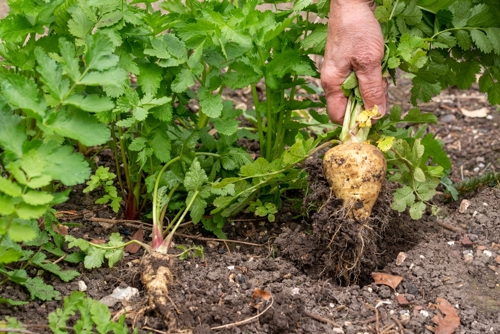
Part of cultivating a diverse outdoor space is increasing the productivity of clients' green areas. By growing their own local edible plants, typically fruit and vegetables, clients can reduce their carbon footprints, satisfying that eco-conscious itch in a way that's both fulfilling and environmentally friendly.
In 2024, it’s forecasted that clients won’t introduce these edible gardens in their own separate area however, rather incorporating these fruit and vegetable patches into the wider tapestry of the garden. So when it comes to landscape maintenance, landscapers can expect to contend with more intricate outdoor layouts and the potential need to avoid clients’ prize crops.
Looking ahead
In the ever-evolving world of landscaping, 2024 promises a mix of enduring classics and innovative trends. Yet, amid these shifts, landscapers can be sure that one constant remains — the need for reliable and durable machines that can tackle any trend or challenge that comes your way. With Powered by Kawasaki machines, landscapers can set off into the new year with confidence.
Looking to update your equipment for the New Year? Explore Powered by Kawasaki machinery to find an addition to your kit that will be an asset to your business for years to come.
You may be interested in
-
Espaces verts emblématiques d’Europe

-
Scarification des pelouses : à quelle période et comment raviver la repousse ?

-
Quels sont les pays européens les plus verts ?

-
Comment rendre une pelouse insensible aux intempéries et la protéger contre les inondations, le gel et la sécheresse

-
Entretien des espaces verts : avez-vous déjà cru à l’un de ces mythes ?

-
Your handy guide to lawn diseases in Europe







